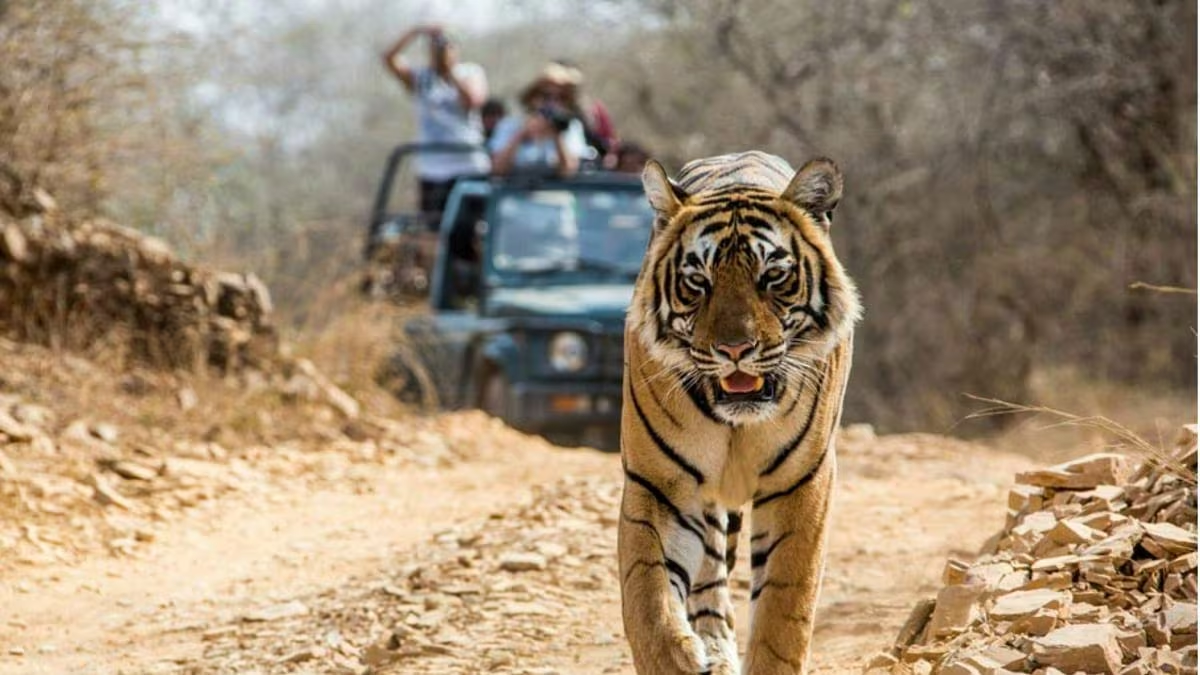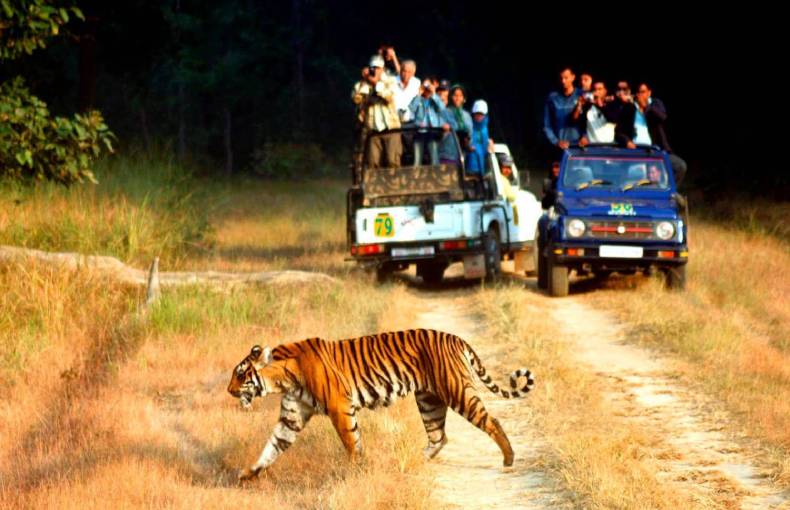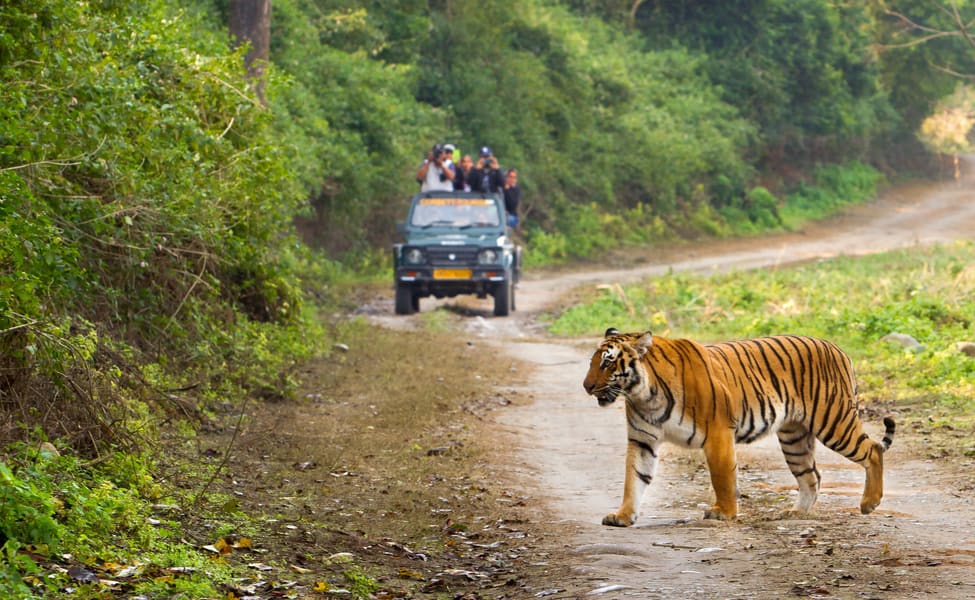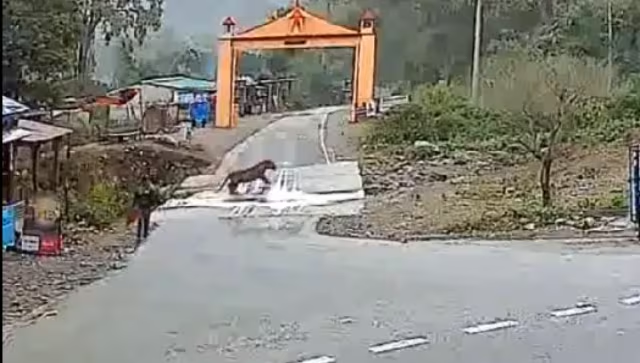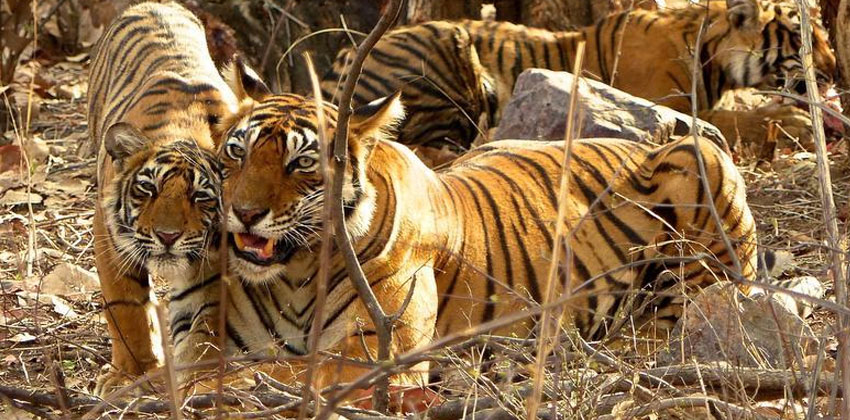Conservation and Challenges of Jim Corbett National Park
Nestled in the lap of the Himalayas, Jim Corbett National Park is a sanctuary of unparalleled natural beauty and biodiversity. Established in 1936, it holds the distinction of being India’s oldest national park and a pioneer in wildlife conservation efforts. While the park has made significant strides in preserving its rich flora and fauna, it faces an array of challenges that demand attention and concerted efforts.
Conservation Successes:
Jim Corbett National Park, named after the legendary hunter-turned-conservationist Jim Corbett, is a testament to the success of dedicated conservation initiatives. Initially established to protect the endangered Bengal tiger, the park has become a stronghold for the species. Through focused conservation efforts and strict anti-poaching measures, the tiger population in Corbett has witnessed a positive trend, serving as a beacon of hope for the global conservation community.
Beyond tigers, the park is a haven for diverse wildlife, including elephants, leopards, spotted deer, and over 600 species of birds. The establishment of protected zones and community-based conservation programs has contributed to the flourishing biodiversity within the park’s boundaries.
Eco-tourism and Public Awareness:
Corbett National Park has embraced sustainable tourism practices to strike a delicate balance between conservation and public access. Eco-tourism initiatives not only generate revenue for the park but also create awareness among visitors about the importance of preserving natural habitats. Guided safaris, nature walks, and educational programs engage tourists in the park’s conservation story, fostering a sense of responsibility towards the environment.
Local communities have also played a crucial role in preserving Corbett’s ecological integrity. By involving them in conservation efforts and promoting responsible tourism, the park has become a model for community-led conservation, ensuring that the benefits of wildlife preservation extend to the people living in the vicinity.
Challenges to Conservation of Wildlife:
Despite its remarkable successes, Jim Corbett National Park faces several challenges that pose a threat to its delicate ecosystem.
Human-Wildlife Conflict:
The increasing proximity of human settlements to the park has led to a rise in human-wildlife conflicts. Encroachment on animal habitats, especially by local communities, results in frequent clashes between humans and wildlife. Finding sustainable solutions to mitigate these conflicts is a pressing concern for the park’s conservationists.
Poaching and Illegal Activities:
While strides have been made in curbing poaching, it remains a persistent threat. Poachers, driven by the lucrative wildlife trade, continue to target iconic species such as the tiger and the Asian elephant. Strengthening anti-poaching measures and enhancing surveillance are vital to combat these illegal activities.
Climate Change Impacts:
Climate change poses a long-term threat to the park’s biodiversity. Alterations in temperature and precipitation patterns can disrupt ecosystems, affecting the availability of water and food for wildlife. Conservation efforts must adapt to these changing climatic conditions to ensure the continued well-being of the park’s flora and fauna.
Tourism Pressure:
While eco-tourism has positive aspects, unregulated tourism can place undue stress on the park. Excessive footfall, noise pollution, and improper waste disposal can harm the delicate balance of the ecosystem. Implementing sustainable tourism practices and regulating visitor numbers are essential to safeguard the park’s natural treasures.
Jim Corbett National Park stands as a testament to the successes and challenges of wildlife conservation. The park’s commitment to preserving its biodiversity, coupled with the engagement of local communities and the promotion of responsible tourism, provides a blueprint for sustainable conservation practices. As we marvel at the beauty of Jim Corbett, it is imperative that we also acknowledge the ongoing efforts required to protect and sustain this natural paradise. By addressing the challenges head-on and fostering a collective sense of responsibility, we can ensure that future generations continue to be enthralled by the wonders of this iconic national park.

